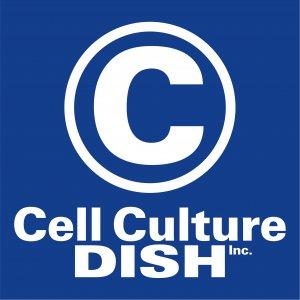Cell Culture Dish Podcast

Demystifying the FBS Selection Process – A guide for evaluating product quality, origination and cost consideration
In this podcast, we talked with Chris Scanlon, Global Marketing Development Manager at Thermo Fisher Scientific about how to effectively evaluate which FBS product is right for each application. This includes weighing product quality levels and country of origin. Chris also shares strategies for maximizing purchasing options and new FBS products on the horizon.
We began the interview by talking about how FBS has evolved to include several different product quality levels to meet the needs of end users. Chris shared that in the 14 years that he has been working with FBS that there has been an increasing number of tests performed to meet specific application requirements. Twenty to thirty years ago there were far fewer tests conducted, now Gibco sera runs up to 96 tests to give serum a more defined scope.
Next, I asked Chris about serum origination as one way to differentiate serum, how important is it and what does it tell consumers. He explained that there are two areas where origin can be important. The first is with respect to viruses. There are some countries that still have viruses like foot and mouth and blue tongue, for example. So, it can be important to understand the origin.
The other area where origin is important is in regulatory requirements. FBS from certain countries can’t enter other countries due to regulations, thus it is important to be mindful of serum origin and the FBS import requirements for your country.
He went on to describe a recent study that Thermo Fisher Scientific conducted. The study took 18 months to complete and involved over 500 researchers. In the study, they surveyed researchers about the specifications that were most helpful to them in determining what they would purchase. Fifteen specifications came back as most important with the origin being number 12. This was a surprise as they expected origin to be higher on the list. It turned out that endotoxin, hemoglobin, total protein and filtration quality made the top of the list, but origin wasn’t in the top 10.
I thought this study was very interesting and asked Chris what were some of the characteristics of FBS that end users were looking for most. He said that endotoxin was number one as it can really define the quality of serum. Endotoxin is measured at collection and it demonstrates how well the raw serum was collected. For instance, was it collected using a closed system and aseptic techniques. Once you have that endotoxin number, it can’t be changed, so it gives researchers a real look at how carefully collection was conducted. This in turn is an indication of whether the serum was exposed to any other contaminants that would hinder research. As such, endotoxin serves as a real quality marker. In addition to endotoxin, hemoglobin, total protein, osmolarity, pH, and filtration were listed as specifications that help researchers decide what to buy.
Next I asked Chris about Thermo Fisher Scientific’s FBS categories and how they are designed to help researchers find the best product for their needs. He said that they recently changed their categorization from five categories to three. They made the change because with five categories there was too much overlap between product specifications and it was difficult to understand the product differences. The team looked at the entire portfolio and compared this to the responses that they had received in the survey to develop a system that was easier to navigate. The new categories are Value (up to 50 tests), Premium (up to 96 tests), and Specialty where products are delineated for specific applications. It became easy for customers to make decisions between the three based on the culture requirements of cells they were using and their specific application.
I followed up by asking about Specialty FBS and their custom o...






 Visit Podcast Website
Visit Podcast Website RSS Podcast Feed
RSS Podcast Feed Subscribe
Subscribe
 Add to MyCast
Add to MyCast